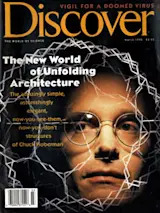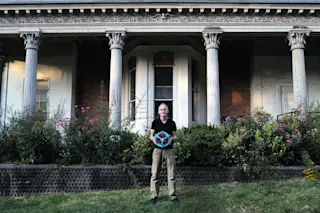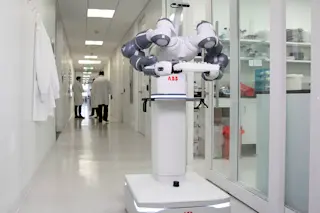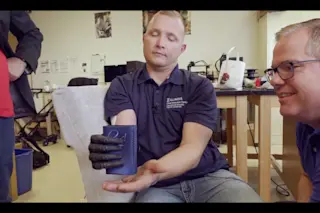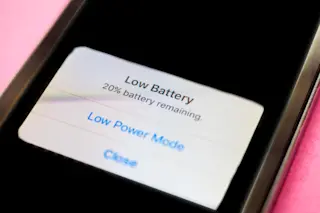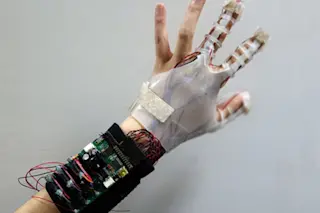Chuck Hoberman’s apartment, just south of SoHo in New York City, is littered with little machines that do amazing things. Scattered between his front door and kitchen are: a set of tiny paper wads that unfold into large, pleated arches and tubes; a bundle of folded plastic panels no bigger than a hatbox that expands into a 5-foot-tall, 2-person tent; a 6- inch-high black bellows with a handle that grows into a 21-inch-high briefcase; a spherical aluminum hedgehog, 16 inches across, that swells into a 6-foot-wide Buckminster Fuller-like geodesic sphere.
Designing these models is what Hoberman does for a living. Each one represents an idea--a patented idea--about the similarities between objects we call structures and those we call mechanisms. In Hoberman’s view the two can be one and the same. The models he designs reveal ways in which devices as small as a matchbox or as large as a building ...


